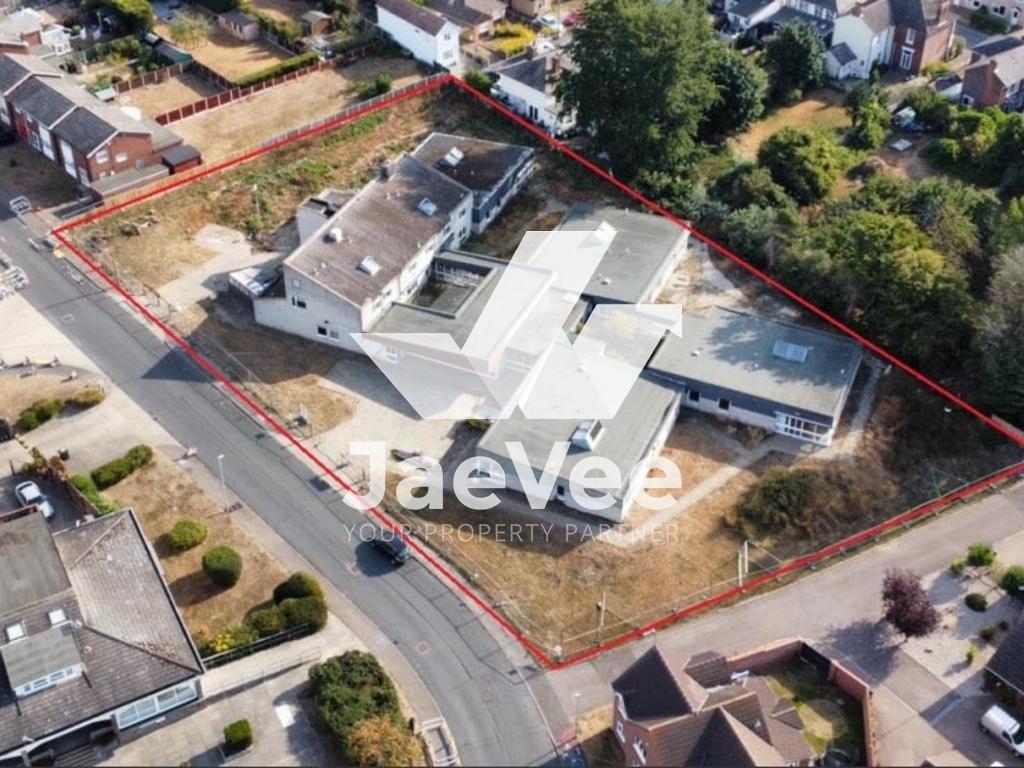Introduction
Interest and Mortgage rates are rising steadily. According to 2022 housing market predictions, mortgage rates are likely to continue to rise going into the rest of this year. Many factors can affect both mortgage and interest rates. Inflation, world events, and economic crises can all play a role in this oscillation. Mortgage rates and inflation tend to go hand in hand: when inflation increases, interest rates often increase too, so they can keep up with the value of the currency. If inflation decreases, mortgage rates drop. During periods of low inflation, mortgage rates tend to stay the same or fluctuate by a small amount.
Inflation
Inflation refers to the measurement of how quickly prices have risen. As of March 2022, these prices had risen up to 7%, which is 5% higher than the target inflation percentage. Higher prices for goods is one of the main reasons for this. After covid restrictions eased and countries around the world began to resume their normal activities, people started to buy more goods. But the companies and corporations selling these goods have had problems getting enough of them to sell to customers. This has led to higher prices, especially when considering goods imported from abroad. Higher energy prices have also played a big role. Large increases in oil and gas prices have pushed up petrol prices and energy bills. One way of handling inflation is by raising interest rates. The Bank of England raised the UK’s most important interest rate (the Bank Rate) from 0.1% to 0.25% in December 2021, then to 0.5% in February 2022, then to 0.75% in March 2022, and to 1% in May 2022. As of the 17th of October, this rate is now at 2.25%, with potential to climb even higher, as The Bank of England have announced that these interest rates may fluctuate further over the rest of 2022. However, these rates will be back to the target rate in around two years after it peaks. The reason that The Bank of England expects these rates to equalise quickly is because they do not expect the circumstances driving these rates to continue for much longer. Once the circumstances driving these higher rates of inflation cease, the inflation itself will return to normal, predicted rates.
Socioeconomic Events
Russia’s invasion of Ukraine has also led to large scale increases in the prices of energy and food. Coupled with the lockdowns in China, these political events are having an economic impact, making it harder to import goods from overseas. As a result of these factors, The Bank of England expects inflation to rise to around 10% by the end of 2022. Political events, such as the COVID-19 pandemic in 2020, tend to affect mortgage and interest rates. This can be said for any political or social issue of note happening throughout the course of history: for example, mortgage rates have been affected by World War II, the oil embargo in the 1970s, the housing market crash in 2007 and the Brexit announcement in 2016. Despite the pressures of the pandemic and Brexit related uncertainty, the British economy rebounded in 2021 following the sharp contraction experienced during 2020. This goes to show that no matter what political road bump we experience, the economy will always recover and bounce back.
Prior to the war, global GDP growth was stronger than expected partly because Omicron weighed on activity by less than initially predicted by experts. The Russian invasion of Ukraine, however, pushed commodity prices up further, lifted the outlook for Global consumer price inflation, and also led to deterioration in the near term outlook for global growth. These complications are likely to act as a drag on global GDP growth, which affects the UK market outlook. Similarly to the effect of the war between Russia and Ukraine, the pandemic was an obstacle for the global economy. When the UK entered the lockdown in March 2020, the economic outlook was uncertain, at best. Inevitably, this meant that many people put their house purchases on hold. As a consequence, house price growth fell to its lowest point since 2011 and the total number of sales per month also dropped to a historic low. With the removal of the furlough scheme and the lifting of other restrictions, the UK housing market rebounded in dramatic style. Thanks to initiatives such as the Stamp Duty holiday, where the UK government effectively made house prices cheaper for interested buyers, sales per month and house prices started rising quickly, reaching higher than pre-Covid levels.
Housing Stock & Foreign Direct Investment
Economic activity has also recovered much faster than expected from the pandemic slowdown, with higher saving rates boosting financial wealth and fiscal support raising household income across the board. Moreover, despite the end of the government’s Stamp Duty holiday period, the market is showing little evidence that it is slowing down any time soon. This is partly due to the incredibly low cost of borrowing. For investors looking for long-term gains, the UK’s property currently represents a time of opportunity, particularly for investors searching for capital growth potential.
A record number of property buyers in the UK are currently competing over low levels of property stock, meaning that chain free properties are more sought after than ever. Data shows that in Q1, investors made up 14% of buyers, which is an increase from the 12% recorded in Q1 2021. Meanwhile, first-time buyer numbers are at a record high, making up 26% of all purchases so far this year, compared to 24% in 2021. These statistics show that despite the current political and economical circumstances, the property market is thriving.
Even though inflation in the UK is expected to peak at 11%, investors of buy-to-let housing can use rental income to help offset some negative effects, making UK housing a reasonably safe bet in uncertain times. Not only for those who live in the UK, foreign investors can also expect to see a large return on UK property opportunities during this time. Despite the pound weakening in value, foreign investors will now be able to get more for their money when buying UK property. It is now $1.11 for every £1, when it used to be $1.4 for every £1. This means that the UK is an attractive location for foreign investment.
It is also important to note that domestic buy-to-let investors borrowed a record £18 billion in 2022, indicating the market is not only recovering, but rapidly growing. Additionally, overseas investors now own around £90.7 billion of property. These figures are set to grow further as foreign investors are attracted by the price growth witnessed in the UK property market over the past few years.
House Price Projections
The OBR forecasts that UK house prices will fall by up to nine percent between the fourth quarter of 2022 and the third quarter of 2024, largely driven by higher mortgage rates as well as the wider economic downturn as a result of Covid-19 and the war in Ukraine and Russian Economic Sancations.
With regards to JaeVee’s property development investment strategy, we focus on 3 diverse sectors - Residential, Industrial and Care.
With regards to Residential, we factor into our feasibility studies and projected returns when acquiring a site that the potential property value could drop between 5-10% hence the forecasted profits already take this into account. It’s economies of scale; if the end user property values are lower, then the land acquisition purchase price is lower - it’s all relative. Ultimately, as long as the margins remain the same then there’s no impact on development profits as long as property developers buy well.
It goes without saying that there’s still an undersupply of residential properties for the next 10 years based on predicted marriage, birth and death rates. The state of the economy does not change the fact that people still need homes and that there is an undersupply of them.
With regards to Industrial and Care, both sector end market values are driven by rental income. Since there’s such a large undersupply of both industrial units and care beds (up to 2050), the current rental income levels are not likely to change due to the low level supply and high level demand for them.
About JaeVee
JaeVee joint ventures with experienced main contractors to bring residential schemes to life in the UK whilst helping to tackle the housing shortage problem. The structure of our model creates equity investment opportunities for investors into these projects, where investors enjoy the profits of a successful development without sacrificing their demands on control, protection and accessibility.
Diverse Property Development Investment Portfolio
Browse our diverse opportunities below, signup to view the full due diligence
and begin investing in your preferred developments.
Project Launch Webinars
This website is operated by the JaeVee Group of Companies. Webpages containing share offers will be hosted by the relevant Group Company that is issuing the shares, as identified on the relevant webpage. Webpages containing mezzanine debt offers will be hosted by JaeVee Holdings Ltd.
JaeVee is a trading name used by all companies within the JaeVee Group of Companies, including JaeVee Holdings Ltd. JaeVee Holdings Ltd is registered in England & Wales with company number 10172481. The registered office of the company is 3rd Floor 86-90, Paul Street, London, England, EC2A 4NE.
JaeVee Holdings Ltd (10172481) undertakes unregulated loan brokerage business that does not entail consumer credit or regulated mortgages. Arrangements by Group Companies to issue their own shares constitute unregulated business pursuant to Article 34 of the Financial Services and Markets Act 2000 (Regulated Activities) Order 2001 (RAO).
Information about investments is only available to investors who demonstrate that they qualify as high net worth individual investors or sophisticated investors or otherwise fall within categories of investor who can receive financial promotions from unregulated persons in accordance with the requirements of the Financial Services and Markets Act 2000 (Financial Promotion) Order 2005 (FPO). Property investing carries the risk of losing some or all of the capital invested. JaeVee does not provide investment advice and investors who are in doubt about whether investing is right for them should consider seeking advice from an appropriately qualified professional adviser.
JaeVee © 2025 • All rights reserved.







.jpg)
